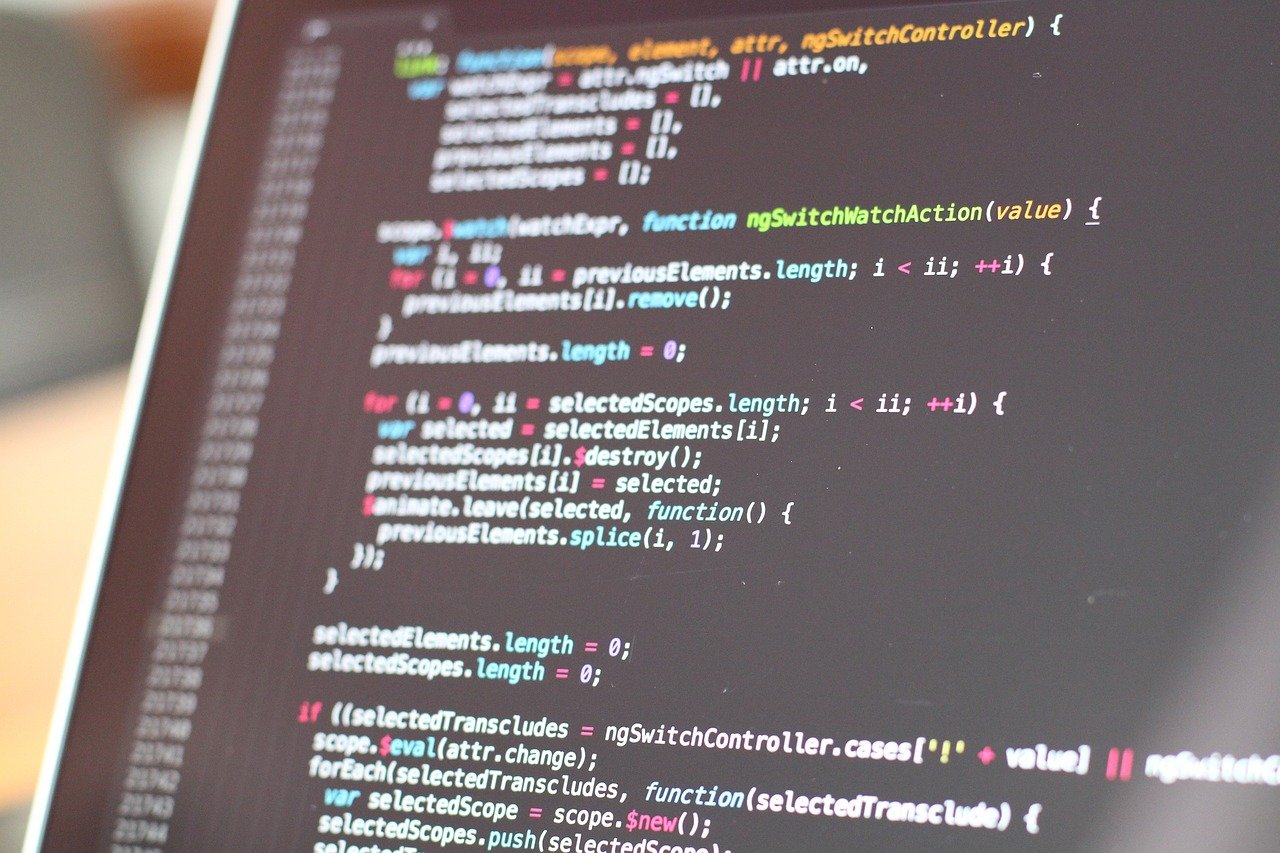
The Use of Binary Converters: Unveiling the Language of Computers
In the vast digital realm where computers reign supreme, the language of zeros and ones, known as binary code, forms the foundation of all data processing.
However, binary code can be perplexing for human comprehension due to its abstract nature. This is where binary converters come to the rescue, acting as vital tools to translate and bridge the gap between human-readable information and the binary language that computers understand.
Binary converters serve as essential intermediaries, allowing programmers, developers, and enthusiasts to work with data in familiar and intuitive formats. They facilitate the translation of data between various formats and binary representations, unlocking the potential for seamless communication between humans and machines.
In this article, we will explore the significance of binary converters, their applications in diverse fields, and the crucial role they play in the functioning of modern technology.

Understanding Binary Code
At its core, binary code is a numerical system composed of only two digits: 0 and 1. Each digit represents a binary digit or "bit," which serves as the fundamental unit of information in computing.
Through combinations of these bits, computers can represent and process a wide range of data, including text, images, sounds, and program instructions.
Binary code provides the building blocks that enable computers to execute tasks and perform complex computations with remarkable speed and precision.
Challenges in Working with Binary Code
While binary code forms the backbone of computing, it poses significant challenges for human interaction. The binary language lacks the natural simplicity and familiarity of human languages, making it difficult for individuals to read, interpret, and manipulate directly.
To bridge this gap, binary converters play a critical role in converting information between human-readable formats and binary representations, making data accessible and understandable to humans.
Types of Binary Converters
Binary converters come in various forms, catering to different needs and requirements. Here are some common types of binary converters
#1. Decimal to Binary Converters: Decimal numbers, the base-10 number system used by humans, can be converted into their binary equivalents using decimal-to-binary converters.
These converters facilitate the understanding of how numbers are represented in binary format, allowing humans to work with numerical data in a way that aligns with their natural thought processes
#2. Binary to Decimal Converters: Binary to decimal converters performs the reverse process of decimal-to-binary converters. They translate binary numbers back into decimal format, enabling humans to decipher and interpret binary information more easily.
#3. ASCII and Unicode Converters: ASCII (American Standard Code for Information Interchange) and Unicode are character encoding standards widely used to represent text in computers.
ASCII converters allow the translation of text characters into their corresponding binary representations and vice versa. Unicode converters extend this functionality to support a broader range of characters from different languages and scripts, facilitating global communication and multilingual data processing.
#4. Hexadecimal Converters: Hexadecimal, or hex, is a base-16 number system that employs both numeric digits (0-9) and letters (A-F). Hexadecimal converters enable the conversion between hex values and binary representations, providing a compact and manageable format for working with binary data. Hexadecimal notation is particularly useful in computer memory addressing and representing color values.
Applications of Binary Converters
Binary converters find extensive applications across various fields, including.
#1. Programming and Software Development: Programmers rely on binary converters to understand and manipulate binary data, such as file formats, network protocols, and memory structures. They play a crucial role in debugging, data analysis, and ensuring seamless communication between different software components and systems.
#2. Data Storage and Compression: Binary converters are instrumental in data storage and compression techniques. File compression algorithms, for instance, convert data into compressed binary formats, reducing file sizes while preserving critical information. Binary converters facilitate this transformation, enabling efficient storage and transmission of data.
#3. Network Communication: Networks transmit data in binary format, and binary converters are essential for encoding and decoding data packets. They ensure accurate and efficient communication between devices, servers, and applications by translating data into binary representations compatible with network protocols.
#4. Cryptography: Cryptographic algorithms heavily utilize binary operations, and binary converters play a vital role in encryption and decryption processes. They convert plaintext into binary code, apply cryptographic algorithms, and convert binary ciphertext back into a human-readable format, ensuring secure communication and data protection.
#5. Digital Electronics: Binary converters are fundamental in digital electronics, where circuits operate based on binary signals. They assist in designing, troubleshooting, and optimizing logic circuits, enabling engineers to work with binary representations of voltages, logic states, and hardware configurations.
Conclusion
In the ever-expanding digital landscape, binary converters serve as indispensable tools that facilitate human interaction with the binary language of computers. By converting data between human-readable formats and binary representations, these converters bridge the gap and enable seamless communication between humans and machines.
From programming and data storage to network communication and cryptography, binary converters find applications in diverse domains, empowering individuals to comprehend, manipulate, and utilize binary code effectively.
As technology continues to advance, the role of binary converters will only grow in importance. Understanding and harnessing the power of binary converters equips programmers, developers, and technology enthusiasts with the ability to unlock the full potential of modern technology. Embrace the language of zeros and ones, and let binary converters be your guide into the captivating world of computing.